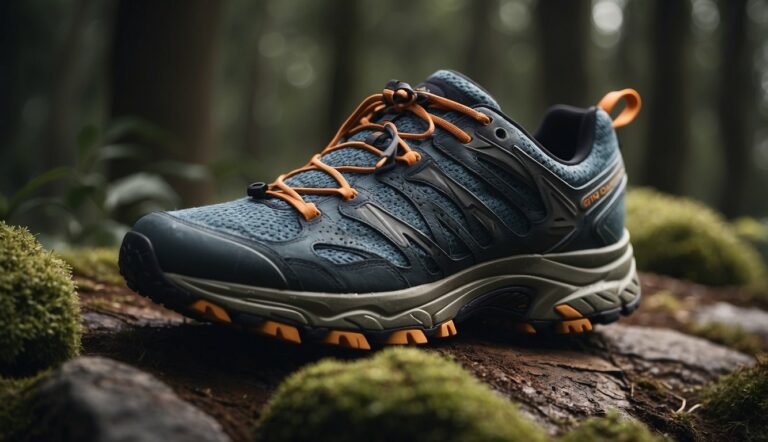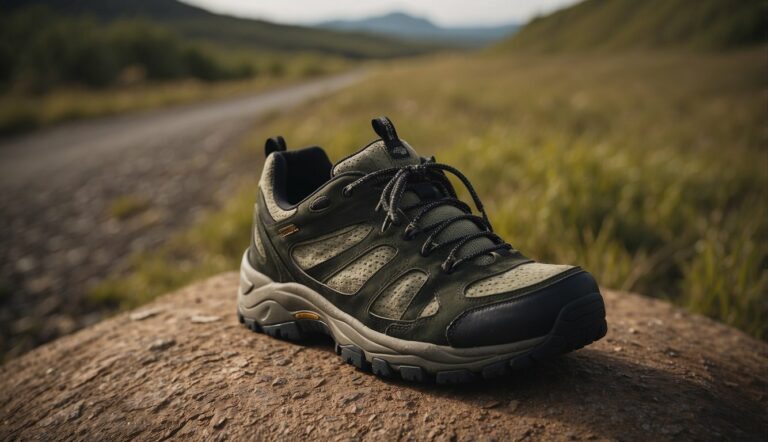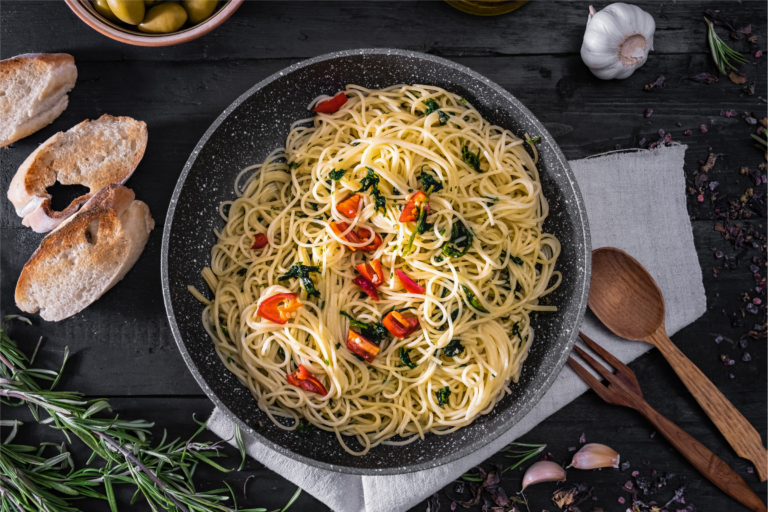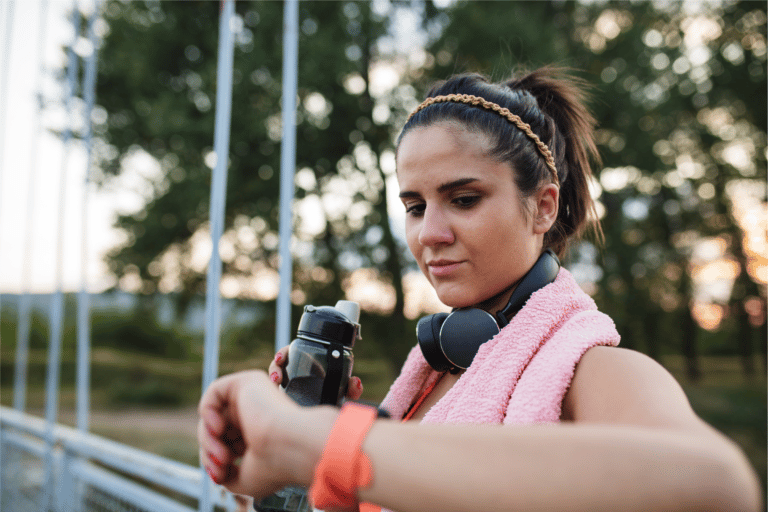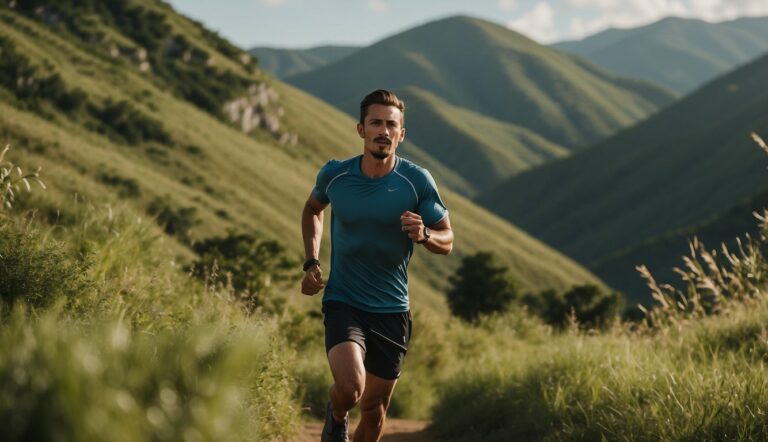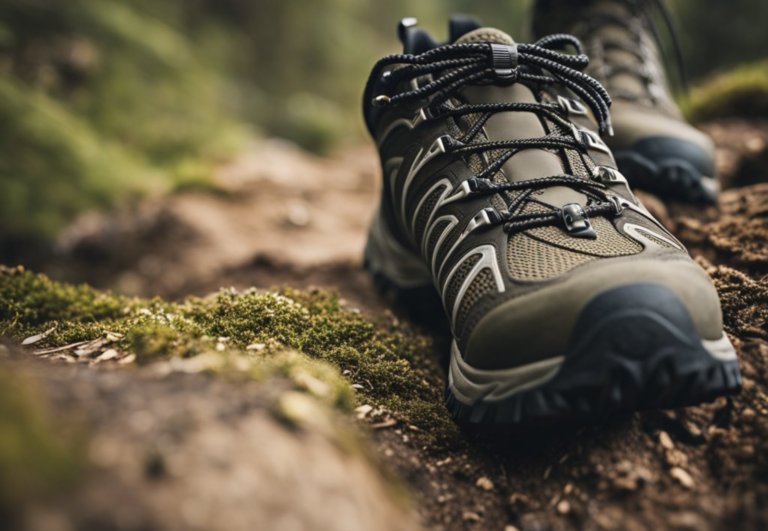Dealing with Blisters and Chafing While Trail Running (Prevention & Treatment)
Trail running is an invigorating way to explore nature, but it does come with its own set of challenges, such as blisters and chafing. These common issues can turn an exhilarating run into an uncomfortable experience, but with the right knowledge, you can prevent and treat them effectively. Understanding what causes blisters and chafing is your first step to staying pain-free on the trails.
As a seasoned runner, you’re likely no stranger to the heat and friction that can lead to blisters on your feet or chafing on your skin. Moisture from sweat or wet conditions exacerbates these problems, but don’t worry—there are proven methods to mitigate these nuisances. From selecting the proper gear, like moisture-wicking socks and well-fitting shoes, to applying lubricants that reduce friction, you have several strategies at your disposal.
Why Blister and Chafing Happen to Trail Runners
Friction
Friction is the primary culprit behind blisters. When your skin repeatedly rubs against your socks or shoes, it can lead to skin irritation and ultimately, the formation of blisters. Sensitive skin and a poor fit increase this risk.
- Sources of Friction:
- Socks which do not fit snugly
- Shoes that allow too much movement
- Increased friction from long distance runs or repetitive motion
Moisture and Sweating
Moisture, mainly from sweat, creates a prime environment for blisters and chafing. Wetness softens your skin, making it more prone to damage. The combination of moisture and heat can cause hot spots, the precursors to blistering.
- Moisture Effects:
- Softens skin, making it more delicate
- Increases heat, heightening the chance of blisters
- Can cause socks to stick to your skin, increasing friction
By keeping your feet dry and reducing friction, you can effectively prevent most blisters and chafing instances.
Preventing Blisters and Chafing While Trail Running

As an experienced trail runner, being proactive about prevention can mean the difference between a comfortable run and painful irritation. Here’s how you can gear up and care for your skin to keep chafing and blisters at bay.
Proper Running Attire
Choosing the right clothing is your first line of defense against blisters and chafing. Your clothes must be snug but not so tight that they restrict movement. Running attire should be made of synthetic fabrics like polyester or nylon which are designed to wick moisture away from the body, keeping you dry and reducing friction.
- Underwear and Sports Bras: Opt for seamless and breathable designs to avoid irritation.
- Compression Shorts: They support large muscles and can prevent inner-thigh chafing.
Socks and Shoes Optimized for Running
Your feet are the most susceptible to blisters. Socks should be a blend of synthetic fibers or merino wool, not cotton, as cotton holds moisture and increases friction. When it comes to shoes, finding a proper fit is crucial—too tight, and you risk blisters; too loose, and you’ll face chafing and slipping.
- Shoe fit: Aim for a thumbnail’s length of room in the toe box and a firm fit around the heel.
- Socks: Seek out socks specifically designed for running, which often feature extra padding in high-friction areas.
Skin Protection Strategies
To further protect your skin, application of friction-reducing products can be extremely effective. These come in forms such as balms, sticks, and gels, and are applied to high-risk areas before you head out.
- Lubrication locations: Common areas include feet, underarms, and anywhere clothing seams may rub.
- When to apply: Make it part of your pre-run routine, especially before long runs or races.
Trail Running Considerations
The uneven terrain of trail running can increase friction and pressure. It’s important to have breathable and moisture-wicking gear that can handle the variability in trail conditions.
- Trail Shoes: Look for extra grip features but don’t sacrifice the right fit.
- Adjustment: Give your clothing and gear a quick check and adjust during runs to prevent any new friction points.
By outfitting yourself with the appropriate gear and taking a few preventative measures, you can significantly reduce the risk of blisters and chafing during your trail runs.
Treatment for Blisters

As a trail runner with experience in handling foot care, understanding how to treat blisters quickly and effectively is crucial to maintain your foot health and keep you moving.
Initial Blister Care
When you first notice a blister, it’s important to act immediately to prevent further irritation.
- Clean the area gently but thoroughly with soap and water to remove any dirt and reduce the risk of infection. Pat dry with a clean towel.
- Apply a thin layer of antibiotic ointment or Vaseline to keep the area moist, which can promote healing.
- Finally, protect the blister with a bandage or gauze to provide cushioning against further friction.
If the blister has not naturally burst, avoid the temptation to pop it as this increases the risk of infection.
Advanced Blister Management
If a blister does break, proper care is essential to prevent infection and aid in healing:
- Wash your hands to avoid introducing bacteria.
- Clean the blister again with gentle soap and water.
- Sterilize a needle with rubbing alcohol.
- Carefully puncture the blister at its edge to drain the fluid.
- Do not remove the overlying skin; it acts as a natural barrier for healing.
- Apply an antibiotic ointment to the area.
- Cover the area with a sterile adhesive bandage or gauze pad.
When trekking over long distances, consider carrying a blister kit which might include items such as moleskin, bandages, and antiseptic wipes. Remember that proper blister prevention, like wearing appropriate socks and footwear, is just as important as treating them.
Managing Chafing While Trail Running
Trail running can be invigorating but also harsh on your skin, leading to chafing. This discomfort is most often caused by repetitive friction to the skin. Proper attention to chafed areas and preventative skin care can both relieve symptoms and reduce the likelihood of their recurrence.
Immediate Chafing Relief
When you notice the first signs of chafing, such as a rash or raw skin, taking immediate action can prevent further discomfort. Here are some steps for treating chafed skin:
- Clean the Area: Gently wash with water and mild soap, and pat dry.
- Apply Treatment:
- Lubricants: Apply a lubricant like body glide to reduce friction.
- Creams: Use healing ointments or creams to soothe irritation.
- Powders: For areas prone to moisture, non-abrasive powder can keep the skin dry.
Long-Term Skin Care
To prevent chafing during your trail runs, incorporate these skin care tips:
- Opt for Moisture-Wicking Clothing: Choose garments that keep the skin dry.
- Use Preventative Products: Before a run, apply lubricant or anti-chafing products to areas like the thighs, armpits, and other vulnerable spots.
- Stay Hydrated: Drink plenty of water to maintain healthy skin elasticity.
By following these treatment and prevention strategies, you can keep your focus on the trail instead of chafing.
Special Considerations for Trail Runners
When you hit the trails, blister and chafing management can be just as crucial as your pace. Let’s ensure your run is memorable for the right reasons by taking special care of your skin and gear.
Hot Weather Running
Running in hot weather increases sweat and humidity around your skin, creating the perfect storm for blisters and chafing. The key is to maintain dry skin as much as possible.
Opt for moisture-wicking socks, such as those from Injinji or Balega, which are designed to reduce moisture. For your clothes, choose lightweight and breathable fabrics made from synthetic materials that keep humidity at bay.
| Tips for Hot Weather Running |
|---|
| Wear moisture-wicking socks |
| Choose synthetic materials over cotton |
| Hydrate well to maintain optimal skin health |
Running Gear and Accessories
The right gear can make a huge difference. Avoid cotton socks which hold moisture and can lead to blisters, instead look for those made of synthetic fibers.
Toe socks can provide additional blister protection by preventing your toes from rubbing together. For sensitive areas like nipples, inner thighs, or armpits, consider using NipGuards or products like KT Tape to prevent friction. Lastly, always get your running shoes from a specialist running store to ensure a proper fit; this isn’t a place to compromise.
Remember, a little prevention by selecting the proper gear can save you from a lot of discomfort during races and training.
| Essential Gear for Chafing Prevention |
|---|
| Synthetic fiber socks |
| Toe socks especially for long distances |
| NipGuards or KT Tape for sensitive skin areas |
| Well-fitted running shoes from a running store |
Aftercare and Recovery

Effective aftercare is crucial for swift recovery from blisters and chafing after a trail run. These steps will help ensure proper healing and reduce the risk of infection.
Post-Run Practices
After your run, gently clean the affected area with lukewarm water. Avoid the temptation to pop blisters, as this can increase the risk of infection and delay healing. Instead, cover them with a sterile bandage to protect against further irritation. For chafing, apply an antibacterial ointment to help soothe the skin.
- Shower: As soon as possible, take a shower to rinse off sweat and dirt.
- Use lukewarm water, not hot, to avoid irritating the skin.
- Pat, don’t rub, the skin dry, especially around blisters or chafed areas.
Monitoring for Infection
Keep an eye on the site for signs of infection, such as swelling, redness, pus, or increased pain. If you notice that the area is not improving or seems to be getting worse, don’t hesitate to seek advice from a physician.
- Infection Checklist:
- Swelling: Is the area more swollen than when first injured?
- Redness: Has the red tone spread or become more intense?
- Pus: Is there any yellowish or greenish discharge?
- Pressure & Pain: Does the area feel warm or throb even without touching?
Remember, proper aftercare not only promotes faster healing but also helps you get back to trail running sooner.
When to Seek Professional Help
As a trail runner experienced with the rigors of the sport, it’s important to understand when blisters or chafing are severe enough to need medical attention.
Identifying Serious Blisters and Chafing
A blister may need a physician’s care if it displays signs of infection such as increased pain, redness, swelling, or if it’s filled with pus (a yellowish or greenish fluid). Similarly, chafing that leads to serious skin conditions, such as open wounds or bleeding, requires professional help to prevent complications and ensure proper healing.
Consulting a Physician
Pressure from continued activity can make blisters and chafing worse, delaying healing. If home treatment has not led to improvement after a couple of days, it’s wise to consult with a physician. They can provide treatment options, which may include cleaning, dressing the wound, or prescribing medication to combat infection.

